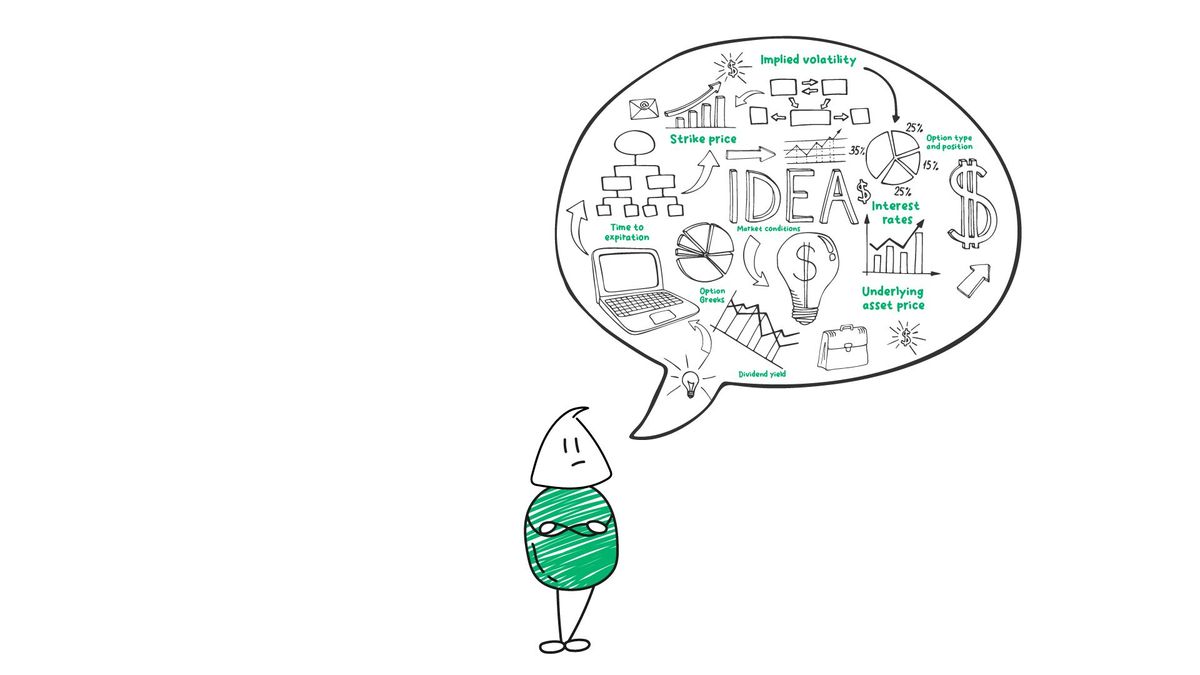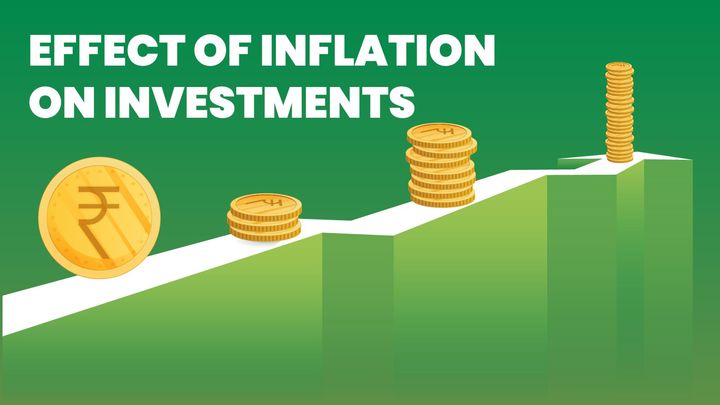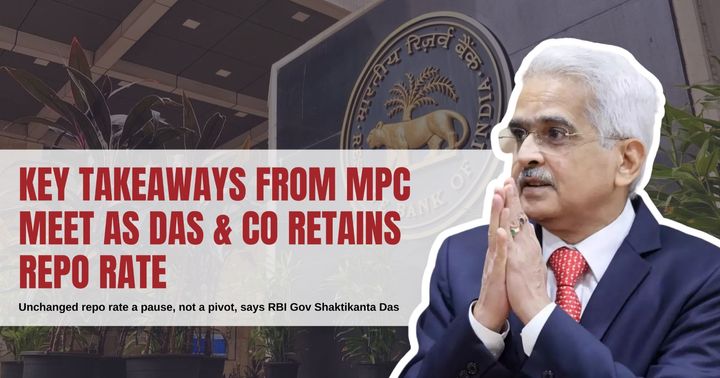Factors Affecting Options Premium

Options trading has become a popular investment tool among investors due to the flexibility it offers. The options premium is an essential factor to consider when investing in options, as it determines the cost of buying or selling an option contract. The premium is the amount paid by the option buyer to the option seller to acquire the right to buy or sell the underlying asset at a specific price.
In this blog post, we will discuss the various factors that affect options premium, including examples in INR.
1. Underlying asset price
The price of the underlying asset is the most significant factor that affects the options premium. When the price of the underlying asset increases, the premium of call options also increases. On the other hand, when the price of the underlying asset decreases, the premium of put options increases.
For example, suppose a trader wants to purchase a call option on Reliance Industries, which is currently trading at INR 2,200 per share. The strike price of the option is INR 2,300. If the price of Reliance Industries rises to INR 2,400, the premium of the call option will also increase.
2. Time to expiration
The time to expiration is another crucial factor that affects options premium. Options with a more extended period to expiration have a higher premium, as there is more time for the underlying asset to move in the desired direction.
For example, suppose a trader wants to purchase a call option on Tata Motors, which is currently trading at INR 350 per share. The strike price of the option is INR 400, and the option expires in three months. If the same option had an expiration of six months, the premium would be higher due to the additional time value.
3. Strike price
The strike price is the price at which the underlying asset must reach for the option to be exercised. The difference between the strike price and the current market price of the underlying asset affects the options premium.
For example, suppose a trader wants to purchase a call option on State Bank of India, which is currently trading at INR 450 per share. The strike price of the option is INR 500. If the same option had a strike price of INR 550, the premium would be lower, as it is less likely that the underlying asset will reach that price.
4. Implied volatility
Implied volatility is the expected level of volatility of the underlying asset over the life of the option. Higher implied volatility leads to higher options premiums.
For example, suppose a trader wants to purchase a call option on Hindustan Unilever, which is currently trading at INR 2,200 per share. The strike price of the option is INR 2,400, and the implied volatility is 20%. If the implied volatility rises to 30%, the premium of the option will also increase.
5. Interest rates
Interest rates affect options premiums as they impact the cost of carrying the underlying asset. Higher interest rates increase the cost of holding the underlying asset, leading to a higher premium for call options and a lower premium for put options.
For example, suppose a trader wants to purchase a put option on ICICI Bank, which is currently trading at INR 600 per share. The strike price of the option is INR 550, and the interest rate is 5%. If the interest rate increases to 7%, the premium of the put option will decrease.
6. Market conditions
Market conditions can also impact options premiums. For example, during times of uncertainty and heightened market volatility, options premiums may increase as investors seek to hedge their positions or take advantage of potential market movements.
For example, suppose there is a sudden drop in the stock market, and a trader wants to purchase a put option on Infosys, which is currently trading at INR 1,500 per share. The strike price of the option is INR 1,400. If the market conditions worsen, the premium of the put option may increase as investors seek to protect their portfolios from further downside risk.
7. Dividend yield
The dividend yield of the underlying asset can impact the options premium, especially for call options. If the underlying asset pays dividends during the life of the option, the option premium may be lower as the dividend payments reduce the potential profit of the option buyer. Conversely, a lower dividend yield may lead to higher premiums.
For example, suppose a trader wants to purchase a call option on Infosys, which is currently trading at INR 1,500 per share. The strike price of the option is INR 1,600, and the company pays an annual dividend of INR 25 per share. If the dividend yield is 2%, the premium of the call option may be lower due to the impact of the dividend payments on potential profits.
8. Option type and position
The type of option (call or put) and the position (buyer or seller) can impact the options premium. For example, selling options (writing) can generate income for the seller, leading to lower premiums, while buying options (long position) can lead to higher premiums.
For example, suppose a trader wants to sell a put option on HDFC Bank, which is currently trading at INR 1,000 per share. The strike price of the option is INR 900. If the trader is successful in selling the option, they will receive a premium for taking on the obligation to buy the underlying asset at the strike price if the option is exercised.
9. Option Greeks
Option Greeks, including Delta, Gamma, Theta, Vega, and Rho, can also impact the options premium. These measures help investors understand the sensitivity of options prices to various factors, such as changes in the underlying asset price, time to expiration, volatility, and interest rates. Understanding Option Greeks can help investors make more informed decisions when buying or selling options.
For example, suppose a trader wants to purchase a call option on Infosys, which is currently trading at INR 1,500 per share. The strike price of the option is INR 1,600, and the implied volatility is 20%. If the Delta of the option is 0.5, an INR 1 increase in the underlying asset price would lead to an INR 0.5 increase in the options premium.
Conclusion
Options trading can be a powerful tool for investors seeking flexibility in their investment strategies. Understanding the various factors that affect options premiums is essential to making informed decisions when buying or selling options contracts. The price of the underlying asset, time to expiration, strike price, implied volatility, interest rates, and market conditions are all factors that can impact options premiums. By keeping these factors in mind and staying up-to-date on market developments, investors can make better decisions and improve their chances of success in the options market.
Learn Option series next reads:







Comments ()